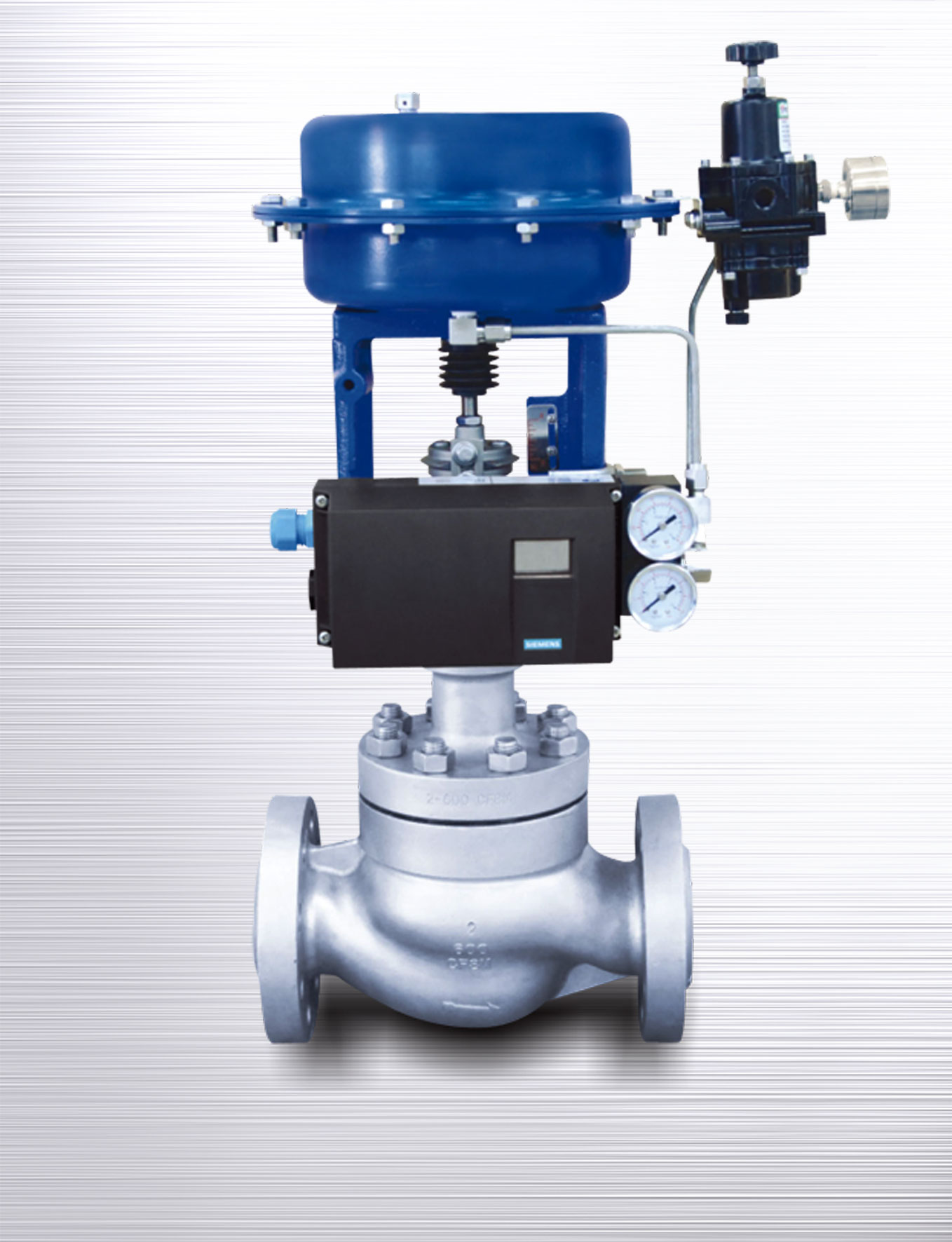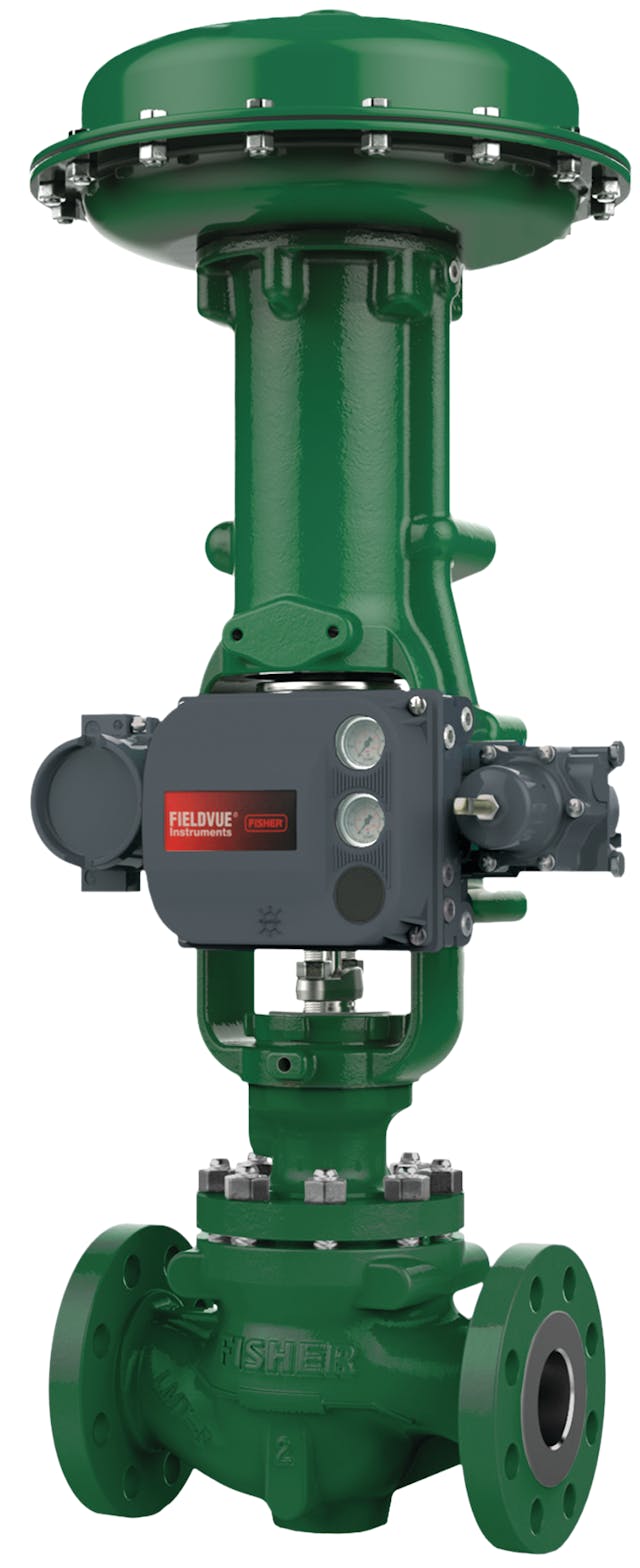Effective Control Valves: Trick Elements for Efficient System Management
Effective Control Valves: Trick Elements for Efficient System Management
Blog Article

Maximize Power Financial Savings and Convenience With Advanced Building Automation Controls
In the realm of modern architecture and facility management, the assimilation of sophisticated building automation regulates stands as a pivotal innovation. By taking advantage of the power of automation, structures can adjust, react, and evolve in ways that were once inconceivable.
Energy Effectiveness Perks
Energy performance benefits can substantially minimize energy usage and operational prices in structures. By implementing energy-efficient methods and modern technologies, structure owners and operators can achieve substantial cost savings while likewise adding to environmental sustainability. One of the key benefits of improving energy effectiveness in structures is the reduction of energy expenses. Energy-efficient systems, such as sophisticated building automation controls, can maximize using sources like air conditioning, illumination, and home heating, leading to lower power expenditures with time.
Moreover, boosted energy effectiveness can extend the life-span of structure devices and systems. By running more successfully, HVAC systems, light, and various other building components experience much less damage, leading to reduced maintenance and replacement expenses. Furthermore, energy-efficient buildings often command higher property values and rental prices, offering lasting monetary advantages to proprietors.
Moreover, power efficiency can enhance occupant convenience and performance. Properly regulated indoor atmospheres with optimal illumination and thermal problems develop an even more pleasurable and conducive workspace, causing improved employee complete satisfaction and efficiency. Overall, the power performance benefits connected with innovative structure automation controls are complex, incorporating cost financial savings, environmental stewardship, and owner wellness.
Improved Convenience Control
Enhancing comfort control in structure settings needs an advanced combination of innovative automation systems for ideal occupant wellness. By using innovative building automation controls, centers can customize the interior environment to meet the specific requirements and preferences of passengers. control valves.
Boosted convenience control goes beyond standard temperature level modifications. It consists of features such as customized settings, occupancy sensors, and all-natural light use to create a responsive and dynamic setting. By incorporating these advanced controls, buildings can not just improve convenience but also improve energy effectiveness by maximizing system operations based on actual tenancy and usage patterns. Inevitably, prioritizing occupant comfort through sophisticated automation systems results in an extra pleasurable and healthier indoor atmosphere.
Functional Efficiency Improvements

Additionally, the implementation of real-time monitoring and analytics devices enables structure operators to recognize energy inadequacies and operational anomalies promptly. By constantly checking energy use patterns and system performance metrics, adjustments can be made in real-time to maximize energy consumption and make certain peak functional efficiency. control valves. In addition, including need action methods into building automation controls can even more enhance operational efficiency by dynamically readjusting power use based on grid conditions and pricing signals
Indoor Climate Optimization
Effective indoor environment optimization is a basic aspect of building automation controls, making certain residents' comfort and wellness while making the most of power savings. By utilizing advanced sensors and controls, developing automation systems can continually change and monitor temperature, humidity degrees, air top quality, and ventilation to create an optimum indoor atmosphere. Maintaining comfy and constant conditions not only improves occupant satisfaction however additionally increases productivity and total health.
Interior climate optimization also plays an important function in energy efficiency. By fine-tuning ventilation, home heating, and air conditioning systems based upon real-time data and occupancy patterns, developing automation controls can dramatically decrease energy usage - control valves. Applying strategies such as demand-controlled ventilation and thermal zoning can help reduce energy waste while ensuring that each location of the building obtains the needed conditioning.

Sustainable Atmosphere Development
Structure automation manages not only optimize indoor climate problems for energy effectiveness and resident convenience but also lay the structure for developing a sustainable setting via calculated administration of systems and sources. By integrating advanced structure automation technologies, such as sensors, actuators, and smart software program, centers can keep track of and change power use in real-time to why not try these out decrease waste and lower their carbon footprint. These systems allow predictive maintenance, determining prospective problems prior to they escalate and optimizing equipment performance to boost long life and performance.
In addition, lasting atmosphere development prolongs why not try this out beyond energy management to encompass water conservation, waste decrease, and interior air top quality enhancement. Structure automation controls can control water use, find leaks, and make certain appropriate waste disposal techniques, adding to general sustainability efforts. In addition, by regulating and keeping track of ventilation and filtration systems, these technologies boost occupant health and productivity while decreasing energy intake associated with cooling and heating operations.
Final Thought
Finally, advanced structure automation controls offer substantial advantages in terms of power savings, comfort control, functional efficiency, indoor environment optimization, and producing a lasting atmosphere. By implementing these controls, structures Read Full Article can accomplish optimal efficiency while decreasing power usage and improving owner comfort. It appears that making use of innovative automation modern technology is critical in enhancing structure efficiency and producing a more lasting future.
Power efficiency advantages can dramatically decrease power usage and operational expenses in structures. In general, the power effectiveness advantages associated with sophisticated structure automation controls are multifaceted, incorporating price financial savings, ecological stewardship, and resident health.
In addition, including demand response techniques right into structure automation controls can further enhance operational efficiency by dynamically readjusting power use based on grid conditions and rates signals.
Structure automation manages not only optimize interior environment conditions for power performance and passenger comfort yet likewise lay the structure for producing a sustainable setting with critical management of sources and systems.In conclusion, advanced building automation controls deal considerable advantages in terms of energy savings, convenience control, operational performance, indoor environment optimization, and producing a sustainable setting.
Report this page